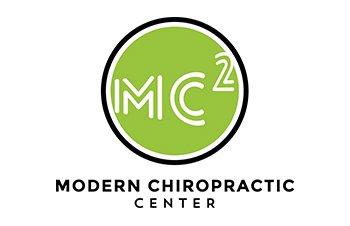Spine Instability Can Lead to Long-term Pain
If you have suffered an injury such as a car crash or a fall, and you have been experiencing spinal pain and other related symptoms, it is possible that your spine is “unstable” from the trauma. Spinal stability is defined as the “ability of the spine under physiologic loads to limit patterns of displacement so as not to damage or irritate the spinal cord and nerve roots and, in addition, so as to prevent incapacitating deformity or pain due to structural changes”.1 This means for the spine to protect the delicate spinal cord and nerves, it must function normally. One that can cause spine instability is trauma.
Clinical instability (acute or chronic) is defined as, “the loss of the ability of the spine under physiologic loads to maintain its pattern of displacement so that there is no initial or additional neurological deficit, no deformity, and no incapacitating pain.” 1 When the spinal bones move excessively due to over-stretching or rupture of the ligaments that hold them in place, the joints will wear out at a much faster pace leading to disc degeneration, and arthritis of the joints. The nerves and spinal cord can also become irritated or even permanently injured when there is excessive motion of the joints following an injury. This can cause numbness and tingling in the hands, fingers or legs and feet. Someone may also experience weakness in the hands (grip strength) or the feet (tripping, stumbling). Balance or coordination can also be affected.
Identification of spinal instability requires properly taken X-rays. Most hospitals do not take the appropriate films to assess most thoroughly for instability following a typical car crash, for example. At Modern Chiropractic Center our doctors are trained to take the proper films and use computer software that analyzes for various types of spinal instability.
If you have had a recent or past trauma and have pain, we would recommend being checked for spinal instability. Contact one of our offices to schedule an appointment right away.
REFERENCES:
- White, A.A. and Panjabi, M.M. (1990) Clinical Biomechanics of the Spine.






